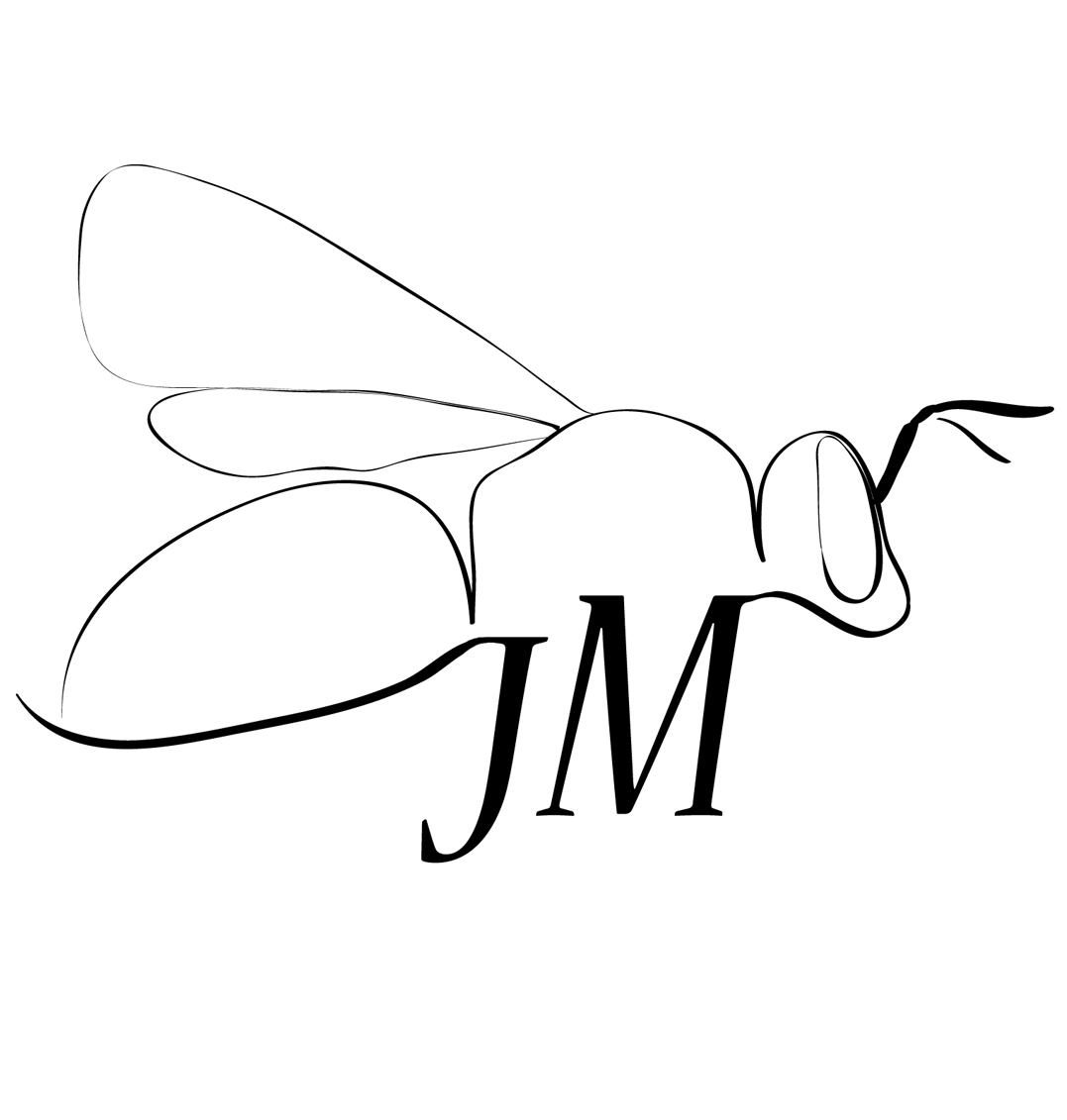Description of the previously unknown male of Systropha (Austrosystropha) macronasuta (Hymenoptera: Halictidae: Rophitinae) from Kenya
DOI:
https://doi.org/10.17161/jom.v0i67.5929Keywords:
Halictidae, Rophitinae, Systropha, Apoidea, AnthophilaAbstract
We describe and illustrate for the first time the previously unknown male of Systropha (Austrosystropha) macronasuta Strand. We provide a species diagnosis and modified couplets of the recent identification key to allow for easy identification of this sex. Based on the first record of S. macronasuta from the African mainland, we discuss the distribution of the species.
References
Amiet, F., R. Neumeyer, & A. Müller. 1999. Fauna Helvetica. 4. Apidae 2: Colletes, Dufourea, Hylaeus, Nomia, Nomioides, Rhophitoides, Rophites, Sphecodes, Systropha. Schweizerische Entomologische Gesellschaft; Neuchâtel, Switzerland; 219 pp.
Ascher, J.S., & J. Pickering. 2016. DiscoverLife bee species guide and world checklist (Hymenoptera: Apoidea: Anthophila). — [http://www.discoverlife.org/mp/20q?search=Systropha; last accessed 1 May 2016].
Baker, D.B. 1996. Notes on some palaearctic and oriental Systropha, with descriptions of new species and a key to the species (Hymenoptera: Apoidea: Halictidae). Journal of Natural History 30(10): 1527–1547.
Brauns, H. 1926. V. Nachtrag zu “Friese, Bienen Afrikas”. Zoologische Jahrbücher – Abteilung für Systematik, Ökologie und Geographie der Tiere 52: 187–230.
de Silva, N., & L. Packer. 2016. A new species of Systropha from Thailand (Hymenoptera: Halictidae: Rophitinae). Journal of Melittology 61: 1–9.
Ebmer, A.W. 1994. Systropha difformis Smith, 1879 und Systropha inexspectata n. sp., die beiden östlichen Vertreter der altweltlichen Gattung Systropha Illiger 1806 (Insecta: Hymenoptera: Apoidea: Halictidae: Rophitinae). Linzer Biologische Beiträge 26(2): 807–821.
Fraberger, R.J., & M. Ayasse. 2007. Mating behavior, male territoriality and chemical communication in the European Spiral-Horned bees, Systropha planidens and S. curvicornis (Hymenoptera: Halictidae). Journal of the Kansas Entomological Society 80(4): 348–360.
Gonzalez, V.H., C. Pascual, S. Burrows, I. Çakmak, & J.F. Barthell. 2014. Pollen collecting behavior of Systropha planidens Giraud, 1861 (Hymenoptera: Halictidae) in Turkey. Pan-Pacific Entomologist 90(4): 226–230.
Illiger, K. 1806. William Kirby’s Familien der bienenartigen Insekten mit Zusätzen, Nachweisungen und Bemerkungen. Magazin für Insektenkunde 5: 28–175.
Michener, C.D. 1979. Biogeography of the bees. Annals of the Missouri Botanical Garden 66(3): 277–347.
Michener, C.D. 2007. The Bees of the World [2nd Edition]. Johns Hopkins University Press; Baltimore, MD; xvi+[i]+953 pp., +20 pls.
Patiny, S. 2004. Description of two new Systropha Illiger 1806 (Hymenoptera, Halictidae, Rophitinae). Linzer Biologische Beiträge 36(2): 907–912.
Patiny, S., & D. Michez. 2006. Phylogenetic analysis of the Systropha Illiger 1806 (Hymenoptera: Apoidea: Halictidae) and description of a new subgenus. Annales de la Société entomologique de France (n.s.) 42(1): 27–44.
Patiny, S., & D. Michez. 2007. New insights on the distribution and floral choices of Systropha Illiger, 1806 in Africa (Hymenoptera, Apoidea), with description of a new species from Sudan. Zootaxa 1461: 59–68.
Patiny, S., D. Baldock, & D. Michez. 2013. Systematics of the bee subgenus Systropha (Austrosystropha) (Hymenoptera: Halictidae): Description of a new species and proposal of a new sex association. Zootaxa 3647(4): 577–584.
Patiny, S., D. Michez, & B.N. Danforth. 2008. Phylogenetic relationships and host-plant evolution within the basal clade of Halictidae (Hymenoptera, Apoidea). Cladistics 24(3): 255–269.
Scopoli, J.A. 1770. Annus IV. Historico Naturalis. Christian Gottlob Hilscher; Lipsiæ [Leipzig, Germany]; 150 pp., +1 pl. [figs. 1–12].
Strand, E. 1911. Neue afrikanische Nomia-, Systropha- und Tetralonia-Arten. Entomologische Rundschau 28(14): 110–111.
Warncke, K. 1977. Beitrag zur Bienenfauna des Iran: 2. Die Gattung Systropha Illiger. Bollettino del Museo Civico di Storia Naturale di Verona 28: 93–97.
Downloads
Additional Files
Published
Issue
Section
License
Copyright for articles published in Journal of Melittology is retained by the authors, with first publication rights granted to the journal. By virtue of their appearance in this open access journal, articles are free to use, with proper attribution and permission of the authors, in educational and other non-commercial settings.





